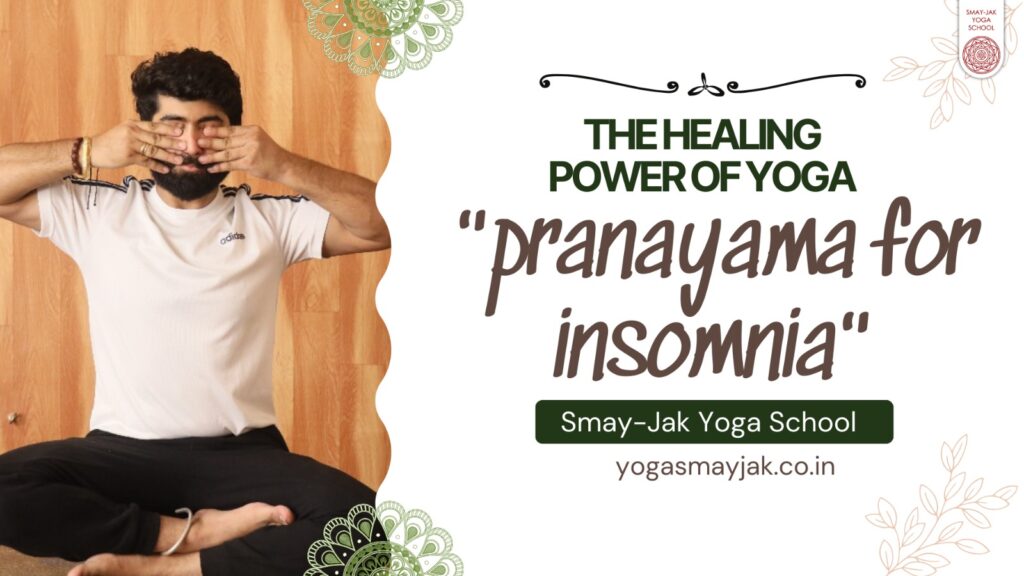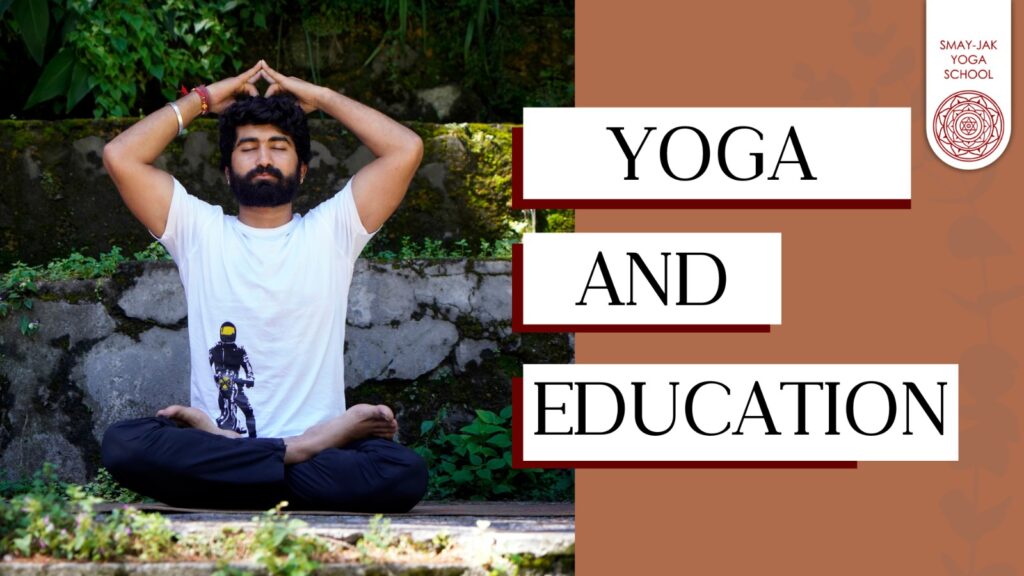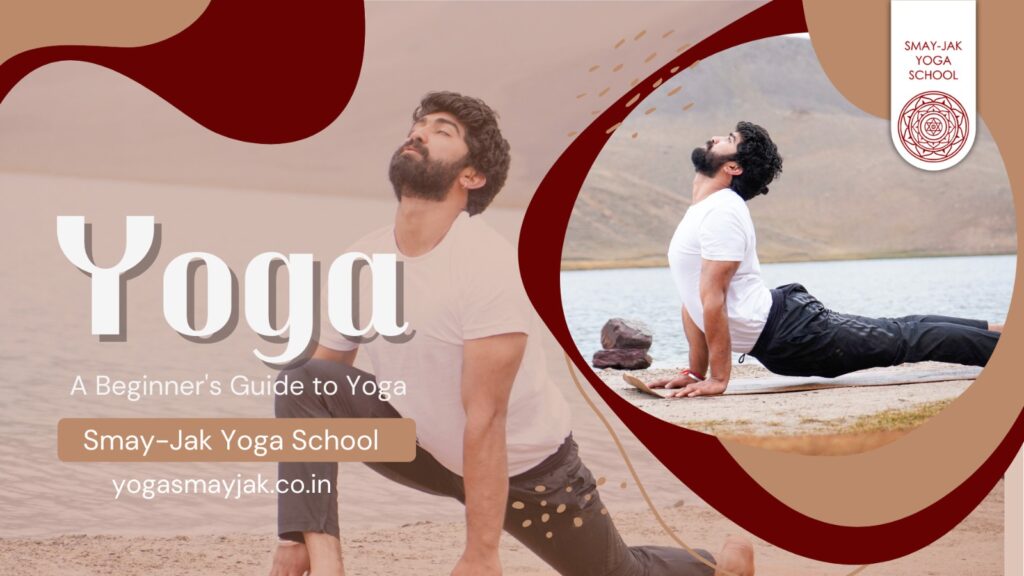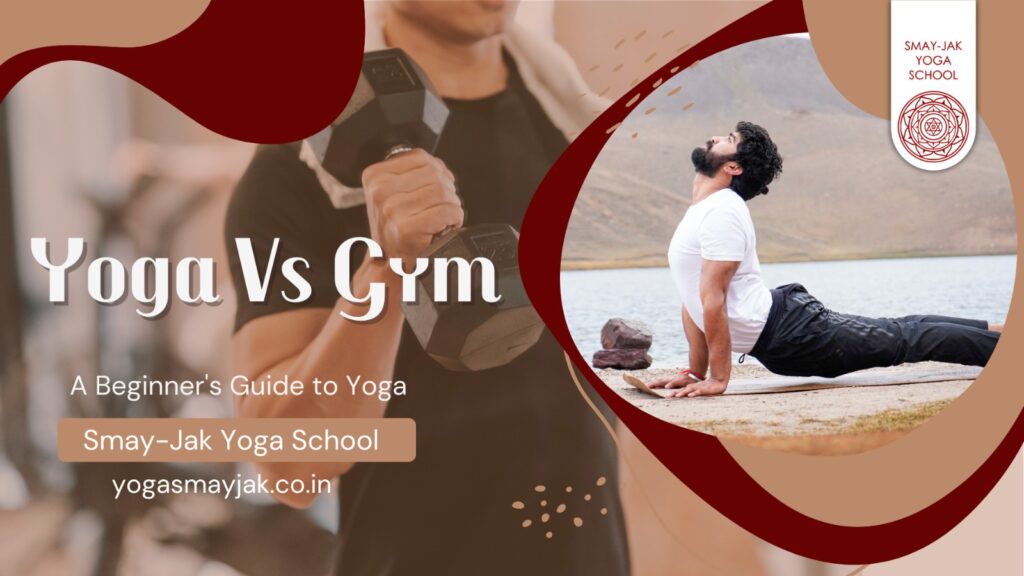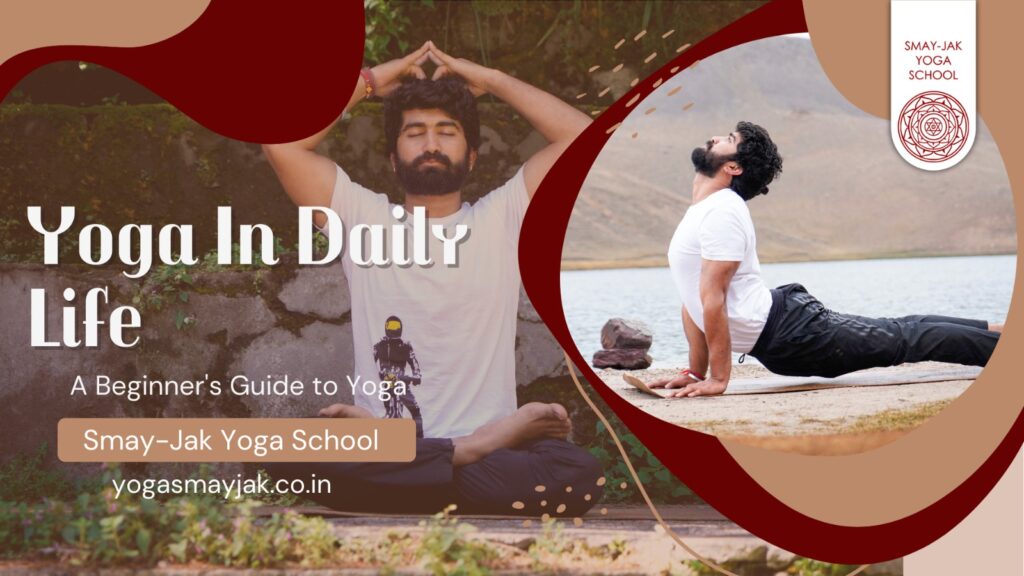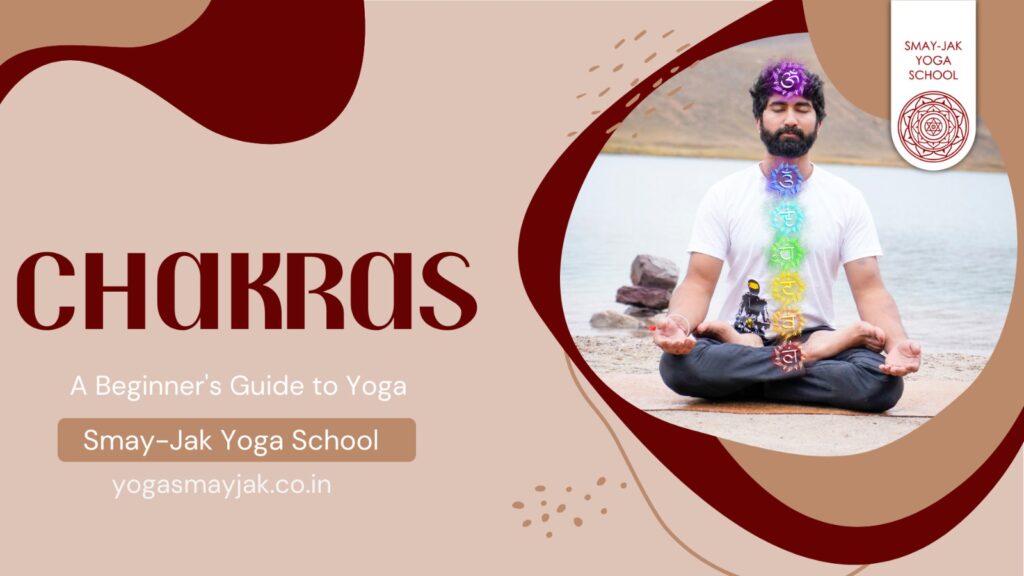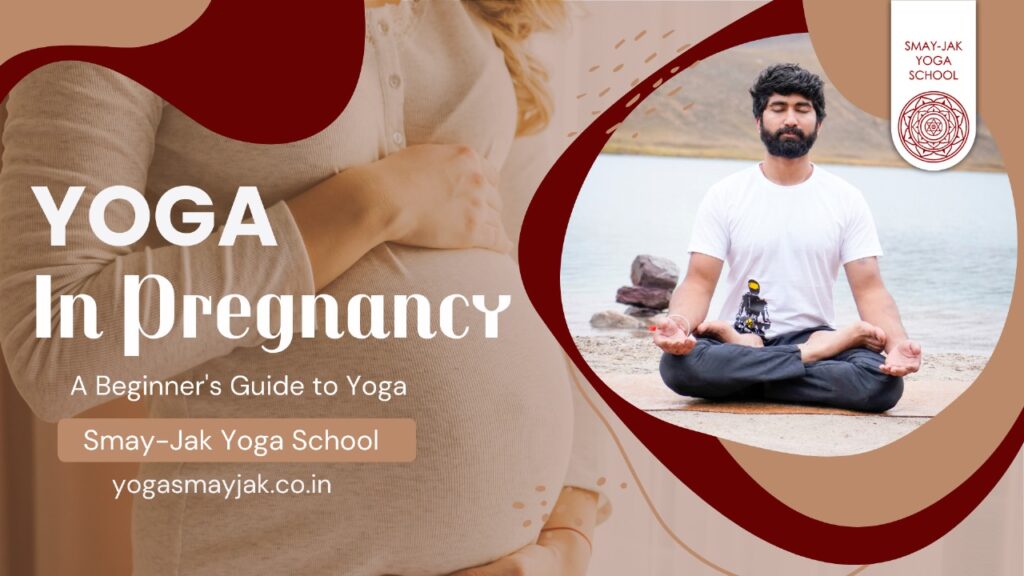Yoga for Weight Loss: Finding Balance and Strength
Introduction: Yoga has become increasingly popular in recent years, with millions of people around the world embracing this ancient practice for its physical, mental, and spiritual benefits. While yoga is often associated with flexibility, stress relief, and inner peace, it can also be a powerful tool for weight loss. In this comprehensive guide, we will explore how yoga can help with weight loss and provide practical tips for incorporating yoga into your weight loss journey. Understanding Yoga: Yoga is a holistic practice that originated in ancient India thousands of years ago. It encompasses a wide range of physical postures (asanas), breathing techniques (pranayama), and meditation practices. There are various styles and traditions of yoga, ranging from vigorous and dynamic practices like vinyasa and power yoga to more gentle and restorative styles like hatha and yin yoga. The Link Between Yoga and Weight Loss: Yoga addresses weight loss on multiple levels, including the physical, mental, and emotional aspects. Physically, certain yoga poses can increase heart rate, burn calories, and build muscle, all of which contribute to weight management. Mentally, yoga promotes mindfulness and awareness, helping individuals make healthier choices and avoid emotional eating. Emotionally, yoga reduces stress and promotes a positive body image, which are important factors in maintaining a healthy weight. Physical Benefits of Yoga for Weight Loss: Yoga offers a wide range of physical benefits that can support weight loss efforts. By increasing flexibility and strength, yoga helps individuals perform more challenging poses and engage in longer and more intense workouts. Dynamic yoga styles like vinyasa and power yoga can elevate heart rate and burn calories, while static poses like holds and balances can build muscle and improve endurance. Mindful Eating and Yoga: One of the key principles of yoga is mindfulness, or the practice of being fully present in the moment without judgment. This same mindfulness can be applied to eating, helping individuals become more aware of their hunger and fullness cues, as well as the taste, texture, and satisfaction of food. By practicing mindful eating, individuals can prevent overeating, make healthier food choices, and develop a more balanced relationship with food. Reducing Stress with Yoga: Stress is a common trigger for overeating and weight gain, as it can lead to cravings for high-calorie comfort foods and disrupt normal eating patterns. Yoga is known for its ability to reduce stress and promote relaxation, thanks to its emphasis on deep breathing, meditation, and relaxation techniques. By practicing yoga regularly, individuals can lower their cortisol levels, reduce stress-related eating, and create a more harmonious relationship with food and body. Building Muscle and Burning Fat: Contrary to popular belief, yoga is not just about stretching and relaxation—it can also be a powerful strength-building workout. Many yoga poses require significant strength and stability, particularly those that involve balancing or holding positions for extended periods. By challenging muscles in new ways, yoga can help individuals build lean muscle mass, which in turn boosts metabolism and burns fat more efficiently. Incorporating Yoga into a Weight Loss Routine: If you’re interested in using yoga for weight loss, there are several ways to incorporate it into your existing fitness routine. Start by finding a style of yoga that resonates with you and fits your fitness goals, whether it’s a fast-paced vinyasa flow or a gentle restorative practice. Consider attending yoga classes at a local studio or gym, or exploring online resources and tutorials for guided yoga sessions. Aim to practice yoga at least a few times a week, and be consistent in your efforts to see results over time. Success Stories and Testimonials: Many individuals have experienced significant weight loss and transformation through their yoga practice. Whether it’s shedding pounds, toning muscles, or improving overall health and well-being, yoga has the power to inspire and empower people to reach their weight loss goals. Real-life success stories and testimonials serve as powerful reminders of the transformative potential of yoga and provide motivation for those embarking on their own weight loss journey. Conclusion: In conclusion, yoga is not only a wonderful practice for promoting physical, mental, and emotional well-being, but it can also be an effective tool for weight loss. By incorporating yoga into your fitness routine, you can improve flexibility, build strength, reduce stress, and cultivate mindfulness—all of which contribute to a healthier body and a happier life. Whether you’re a beginner or an experienced yogi, there’s a style of yoga for everyone, and countless benefits to be gained from regular practice. So roll out your mat, take a deep breath, and let yoga guide you on your journey to a healthier, happier you.
Yoga for Weight Loss: Finding Balance and Strength Read More »



